Top speed 218 km/h Wingspan 8.25 m Weight 566 kg First flight April 1917 | Range 276 km Length 6.25 m Engine type Hispano-Suiza 8 | |
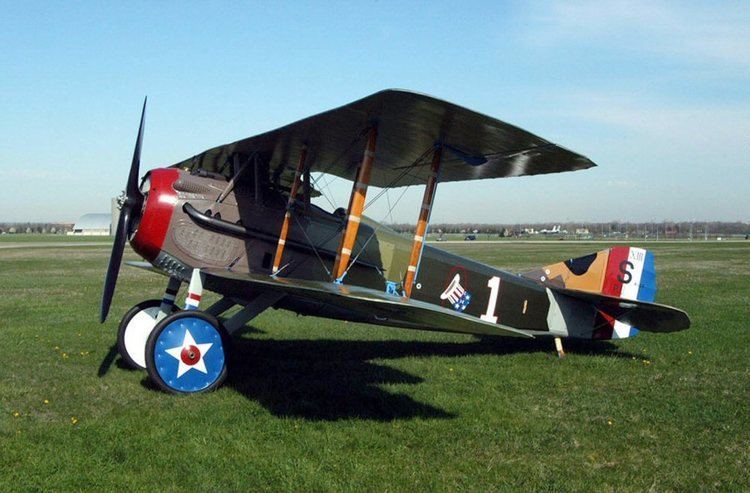 | ||
1917 french spad s xiii biplane
The SPAD S.XIII was a French biplane fighter aircraft of World War I, developed by Société Pour L'Aviation et ses Dérivés (SPAD) from the earlier highly successful SPAD S.VII. It was one of the most capable fighters of the war, and one of the most-produced, with 8,472 built and orders for around 10,000 more cancelled at the Armistice.
Contents
Design and development
The SPAD S.VII was a single-seat fighter aircraft powered by a 150 horsepower (110 kW) Hispano-Suiza 8A water cooled V-8 engine and armed with a single synchronised Vickers machine gun. It demonstrated excellent performance for the time, and entered service with the French Aéronautique Militaire in August 1916. By early 1917, however it had been surpassed by the latest German fighters, leading French flying ace Georges Guynemer to lobby for an improved version telling the SPAD designer Louis Béchereau that "The 150 hp SPAD is not a match for the Halberstadt ... More speed is needed." An initial solution was to increase the compression ratio of the Hispano-Suiza engine, increasing its power to 180 hp (130 kW), which gave significantly improved performance, allowing the SPAD S.VII to remain competitive, but Hispano-Suiza were developing a geared version of the 8A engine, which would produce greater power, and this engine was chosen by Béchereau for two new fighter aircraft. First to fly was the S.XII, armed with a 37 mm cannon firing through the propeller shaft. This saw limited use, but was followed into production by the more conventionally armed S.XIII.
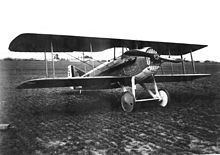
The S.XIII was of similar layout to the S.VII, i.e. a single engined biplane of mainly wooden construction with fabric covering, but was generally larger and heavier. It was armed with two Vickers machine guns with 400 rounds per gun, replacing the single gun of the earlier aircraft. The powerplant was a geared Hispano-Suiza engine, at first a 8Ba providing 200 hp (150 kW), but in later aircraft a high-compression 8Bc or 8Be delivering 220 hp (160 kW). The sum of these improvements was a notable improvement in flight and combat performance. It was faster than its main contemporaries, the British Sopwith Camel and the German Fokker D.VII, and its relatively higher power-to-weight ratio gave it a good rate of climb. The SPAD was renowned for its speed and strength in a dive, although the maneuverability of the type was relatively poor and the aircraft was difficult to control at low speeds: needing to be landed with power on, unlike contemporary fighters like the Royal Aircraft Factory SE.5 which could be landed with power off.
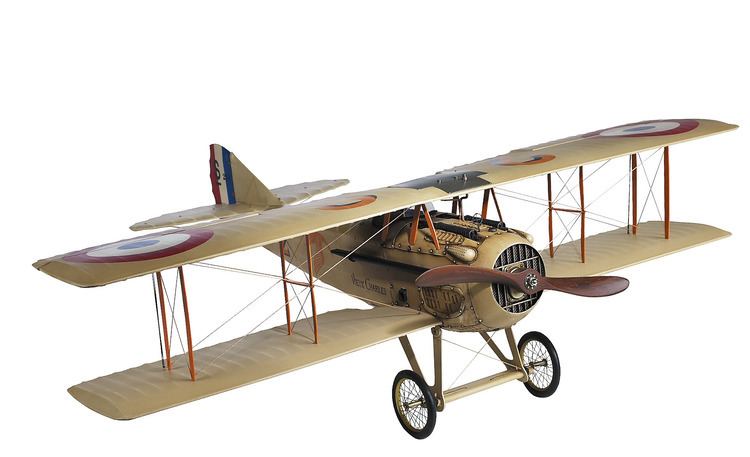
While giving the Spad XIII outstanding performance, the geared engines proved to be unreliable, suffering from poor lubrication and vibration. This significantly and severely affected serviceability, with it being stated in November 1917, that the Spad S.XIII was "incapable of giving dependable service". Even in April 1918, an official report stated that two-thirds of the 200 hp SPADs were out of use at any one time due to engine problems. At least one US observer believed at the time that the French were giving the US SPAD XIII squadrons lower quality engines from their least favored manufacturers while keeping the best for themselves. The problems with the engine were considered a worthy price to pay for the improved performance, however, and as time went by, improved build quality and changes to the engine design led to increased serviceability.
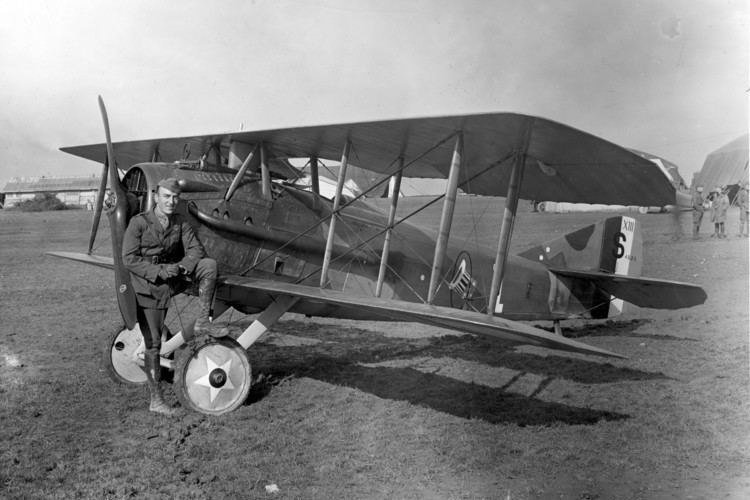
In the last few months of the war, fearing a shortage of Vickers guns, US Spad XIII squadrons began replacing their Vickers .303 machine guns with .30/06-calibre Marlin M1917 and M1918 aircraft machine guns. By the end of the war about one half of the aircraft in US service had been converted.
Operational history
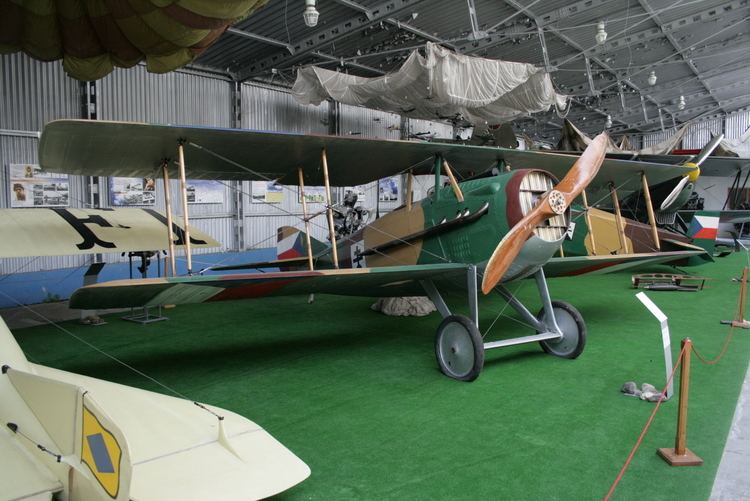
The SPAD S.XIII first flew on 4 April 1917, with deliveries to the French Air Service starting in the next month. The new fighter played an important part in the French plans for its fighter force, being expected to replace the SPAD S.VII, as well as the few remaining Nieuport fighters in front line service. Deliveries were much slower than expected, however, with 764 delivered by the end of March 1918 compared with a planned 2,230. The S.XIII eventually equipped virtually every French fighter squadron, 74 Escadrilles using the SPAD during the First World War. At the end of the war, plans were underway to replace the S.XIII with fighters using the 300 hp (220 kW) Hispano-Suiza 8F, such as the Nieuport-Delage NiD 29, the SPAD S.XX and the Sopwith Dolphin II, but the SPAD S.XIII remained in service with France as a fighter until 1923. Other Allied forces were quick to adopt the new fighter as well, with SPAD XIIIs equipping 15 of the 16 operational American pursuit squadrons at the Armistice. Nearly half of the 893 purchased for the United States Army Air Service were still in service in 1920. After the war, it was also exported to Japan, Poland and Czechoslovakia. In the United States, some SPAD XIIIs were re-engined with 180 hp Wright-Hispano engines to improve reliability and to prepare pilots for the new Thomas-Morse MB-3 fighter (which used SPAD-type wings in its construction) in 1922.
The S.XIII was flown by famous French fighter pilots such as Georges Guynemer and Rene Fonck, and also by Italian ace Francesco Baracca. Aces of the United States Army Air Service who flew the Spad XIII include Eddie Rickenbacker (America's leading World War I ace with 26 confirmed victories) and Frank Luke (18 victories).
In December 1917, No 23 Squadron of the Royal Flying Corps equipped with the SPAD S.XIII, retaining them until April 1918 when it re-equipped with the Sopwith Dolphin, while No. 19 Squadron (officially equipped with the earlier S.VII) also operated at least one SPAD S.XIII.
Operators
Belgium
France
United States
Specifications (SPAD S.XIII)
Data from Fighter: The World's Finest Combat Aircraft - 1913 to the Present Day
General characteristics
Performance
Armament
